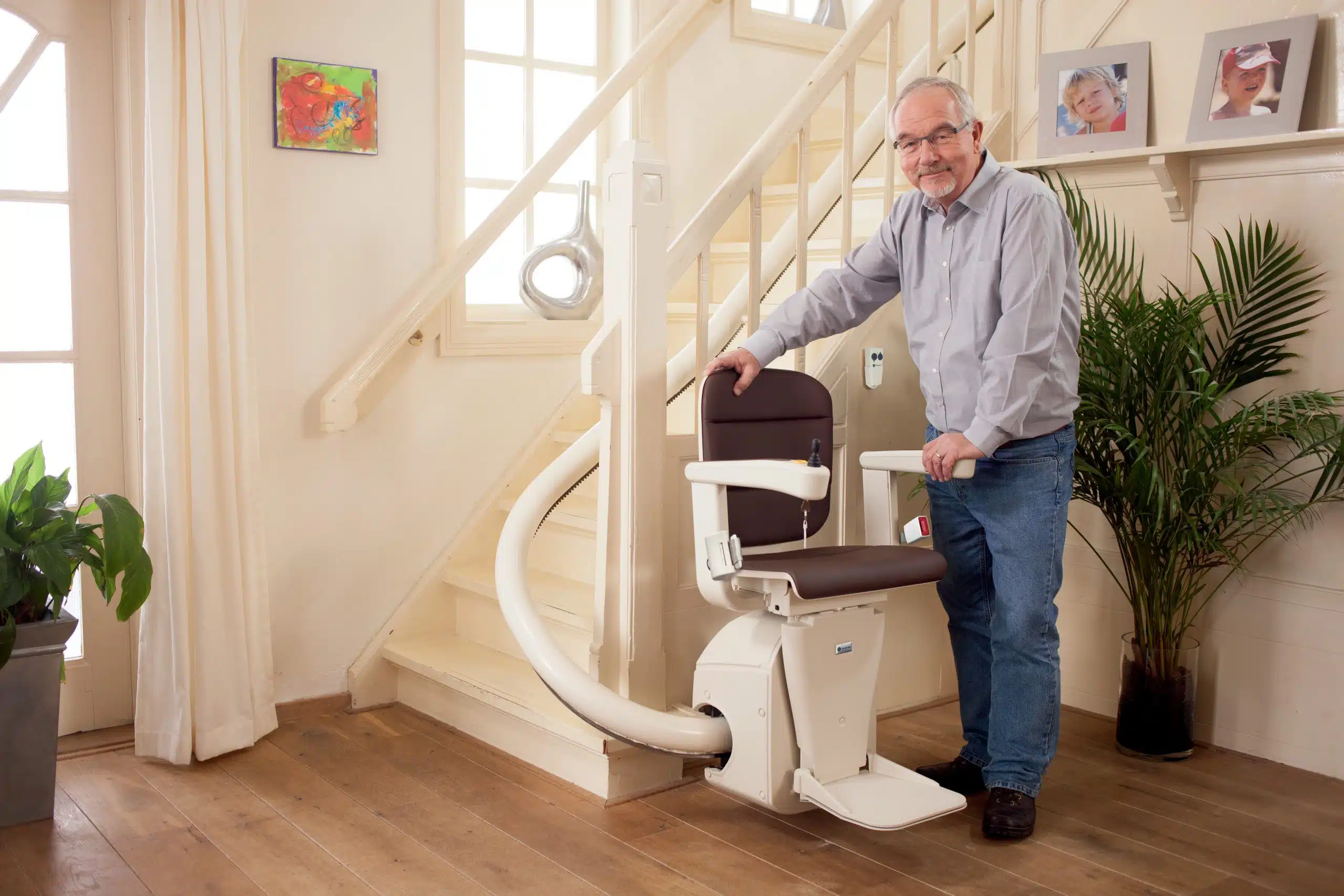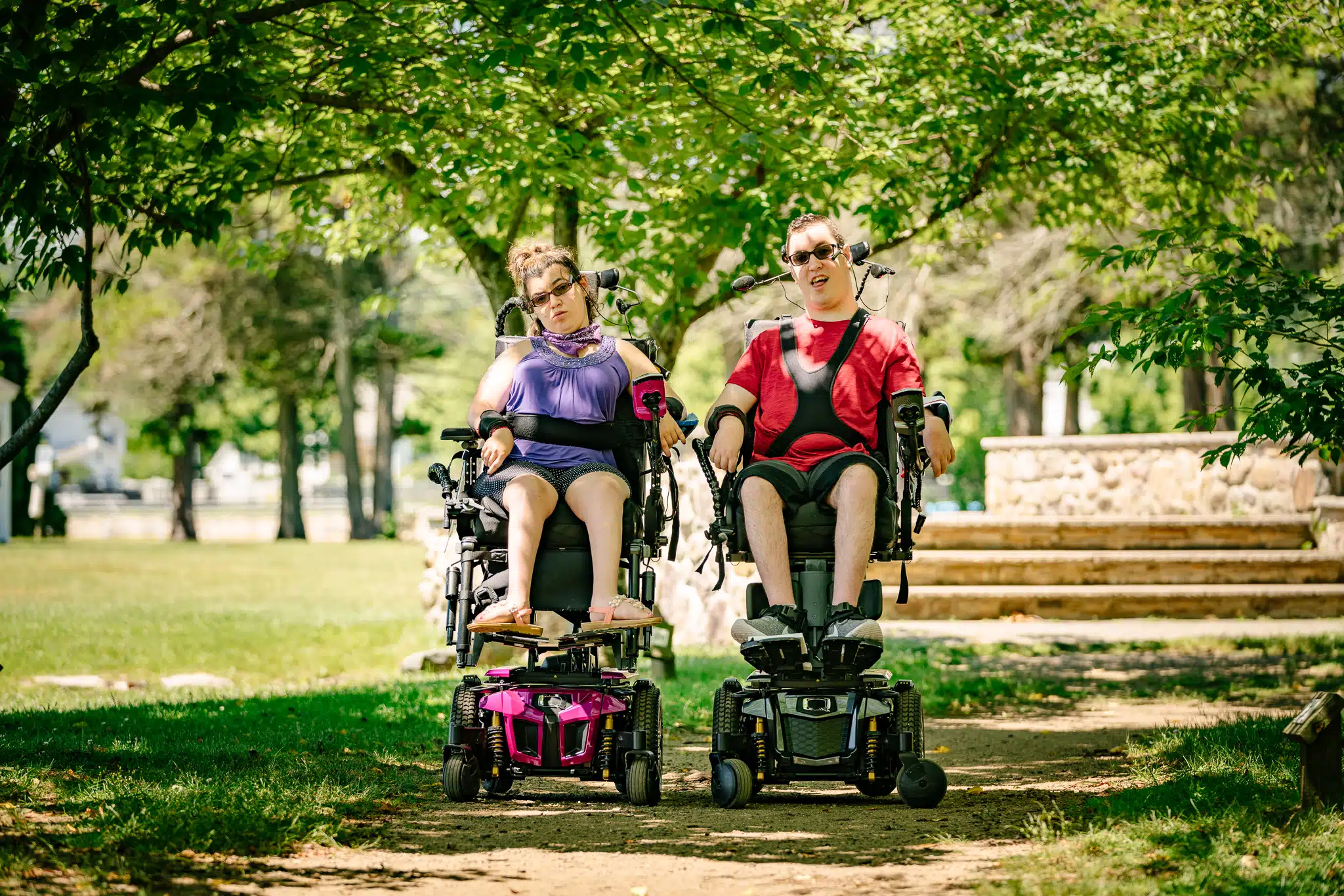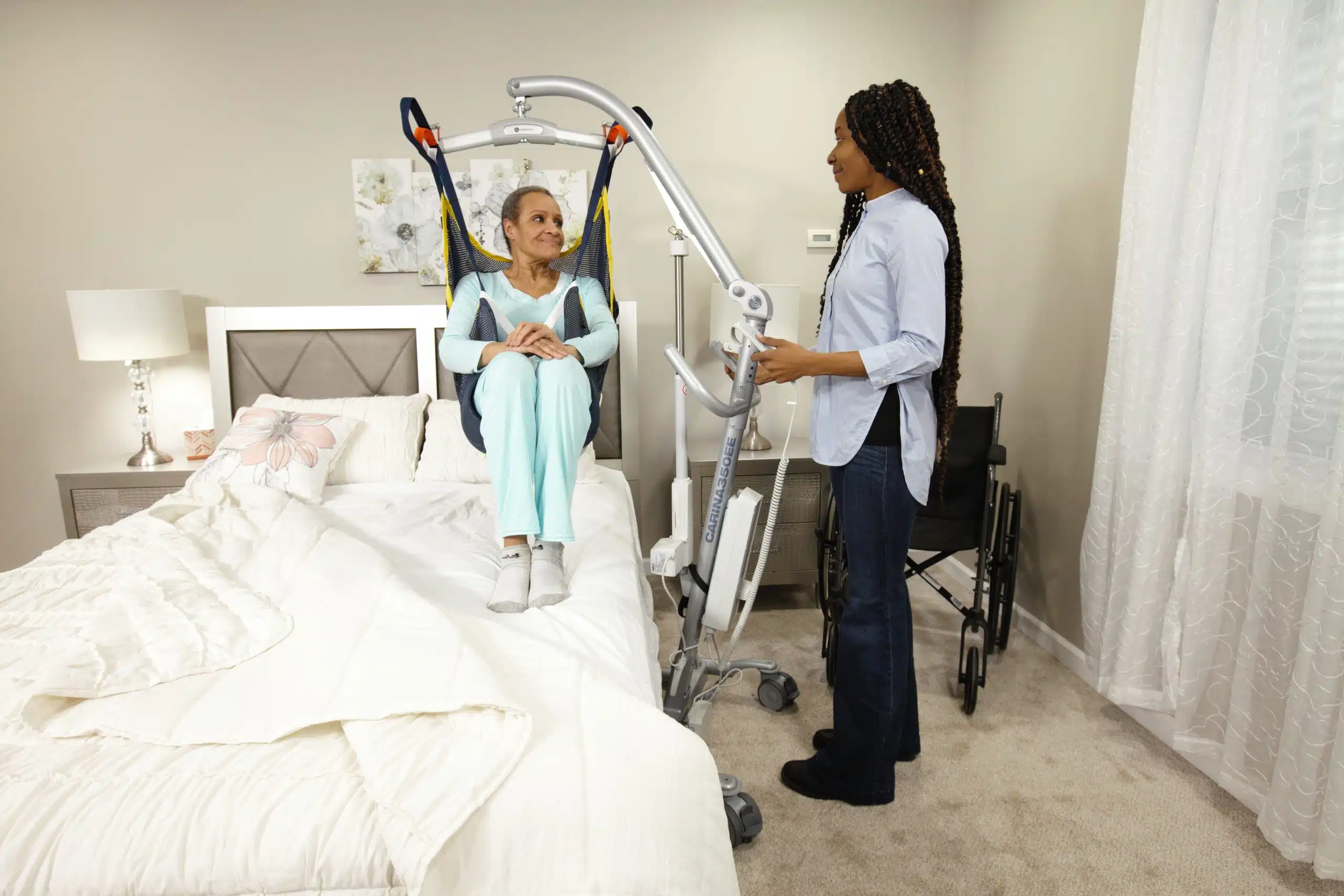What is the difference between tilt and reclining wheelchair?
When it comes to choosing a wheelchair, there are many factors to consider, including the type of seating system that will provide the most comfort and support. Two common seating options are tilting and reclining wheelchairs. In this article, we will discuss the differences between these two types of wheelchairs, their advantages and disadvantages, and which one might be the best choice for you.
Tilting Wheelchairs
Tilting wheelchairs are designed to provide a greater degree of stability and pressure relief than traditional wheelchairs. They feature a seat that can be tilted backward, which shifts the user’s weight and reduces pressure on the buttocks and thighs. This can be particularly beneficial for users who spend long periods in their wheelchair or who have a history of pressure sores.
Another advantage of tilting wheelchairs is their ability to improve overall posture. By tilting the seat backward, the user’s center of gravity is shifted, which can help to reduce the risk of falls and improve balance. This can be particularly beneficial for users with conditions such as cerebral palsy or multiple sclerosis.
However, there are also some disadvantages to tilting wheelchairs. They tend to be heavier and bulkier than traditional wheelchairs, which can make them difficult to maneuver in tight spaces. They also require more maintenance due to the additional moving parts involved in the tilting mechanism.
Reclining Wheelchairs
Reclining wheelchairs are designed to provide a greater degree of comfort and relaxation than traditional wheelchairs. They feature a backrest that can be reclined, allowing the user to shift their weight and change their position. This can be particularly beneficial for users who have difficulty sitting upright for long periods or who experience pain or discomfort in their back.
Another advantage of reclining wheelchairs is their ability to improve respiratory function. By allowing the user to recline, the lungs are able to expand more fully, which can improve breathing and reduce the risk of respiratory infections.
However, there are also some disadvantages to reclining wheelchairs. They tend to be heavier and bulkier than traditional wheelchairs, which can make them difficult to maneuver in tight spaces. They also require more maintenance due to the additional moving parts involved in the reclining mechanism.
Which One is Right for You?
When choosing between a tilting and reclining wheelchair, it’s important to consider your individual needs and preferences. If you spend long periods in your wheelchair or have a history of pressure sores, a tilting wheelchair may be the best choice. If you have difficulty sitting upright for long periods or experience pain or discomfort in your back, a reclining wheelchair may be the best choice.
It’s also important to consider the weight and size of the wheelchair, as well as its maintenance requirements. If you plan to use your wheelchair in tight spaces or need a lightweight option for travel, a traditional wheelchair may be the best choice.
In conclusion, both tilting and reclining wheelchairs have their advantages and disadvantages. By considering your individual needs and preferences, you can choose the seating system that will provide the most comfort and support for your unique situation.






